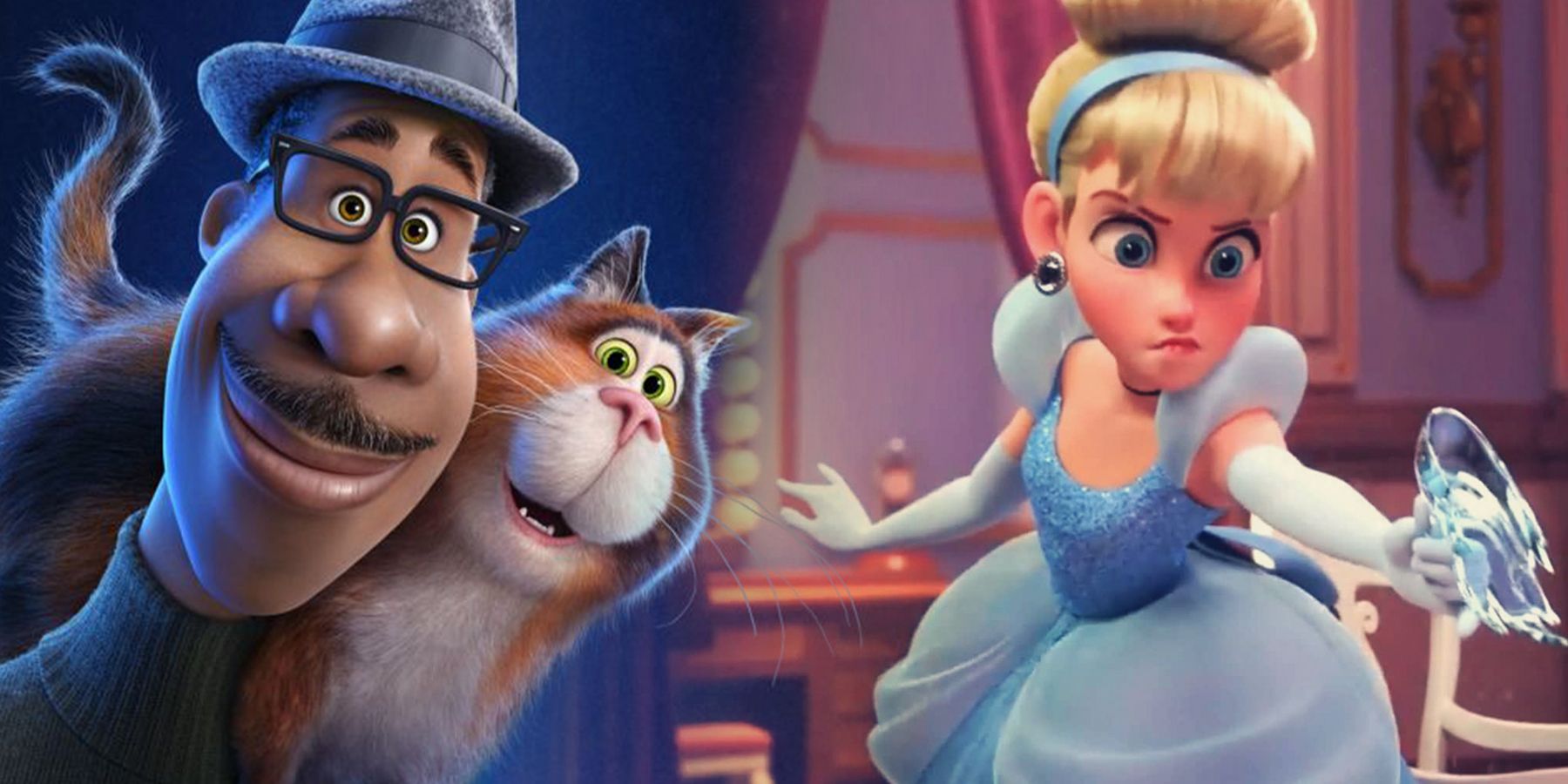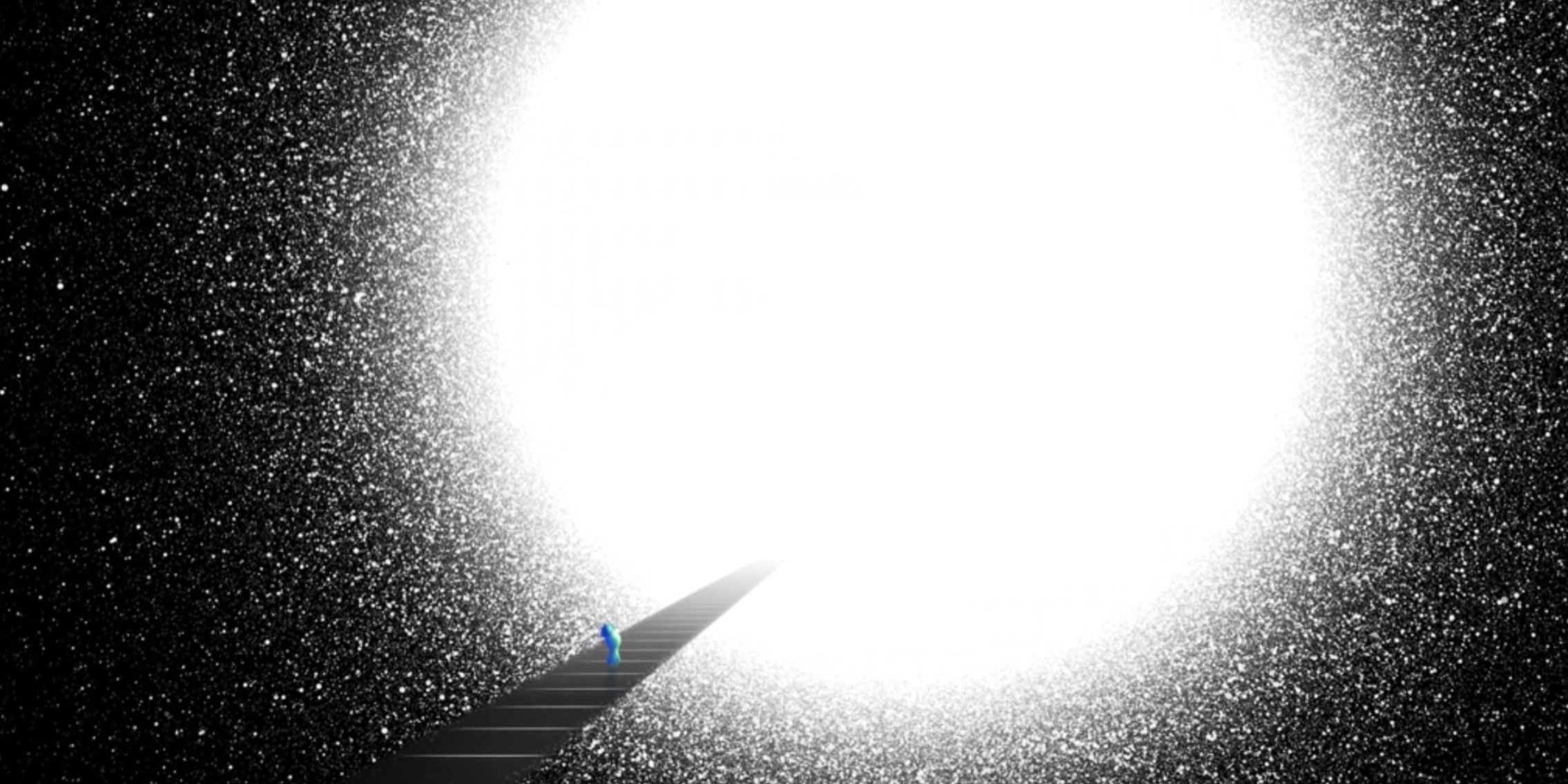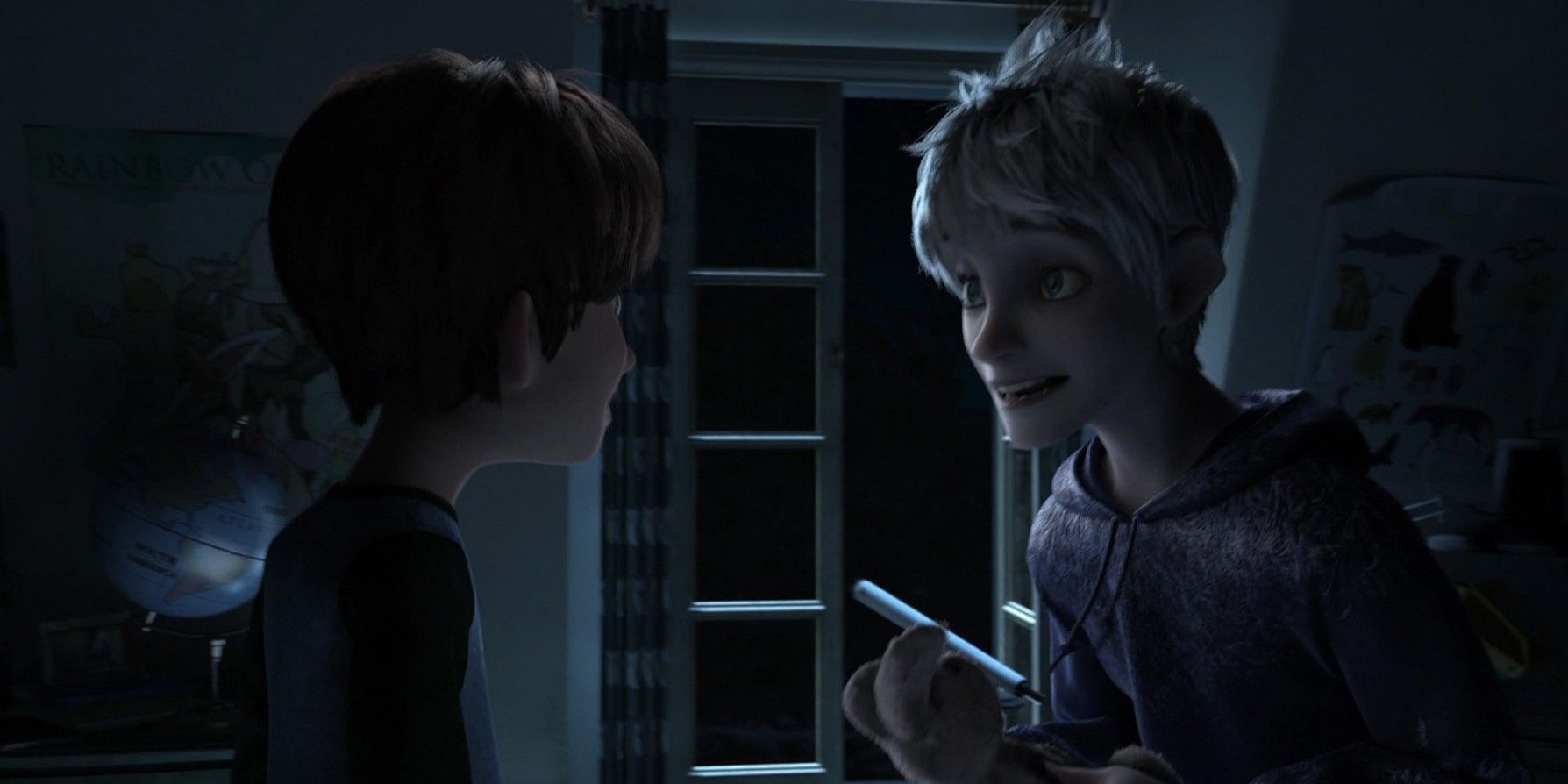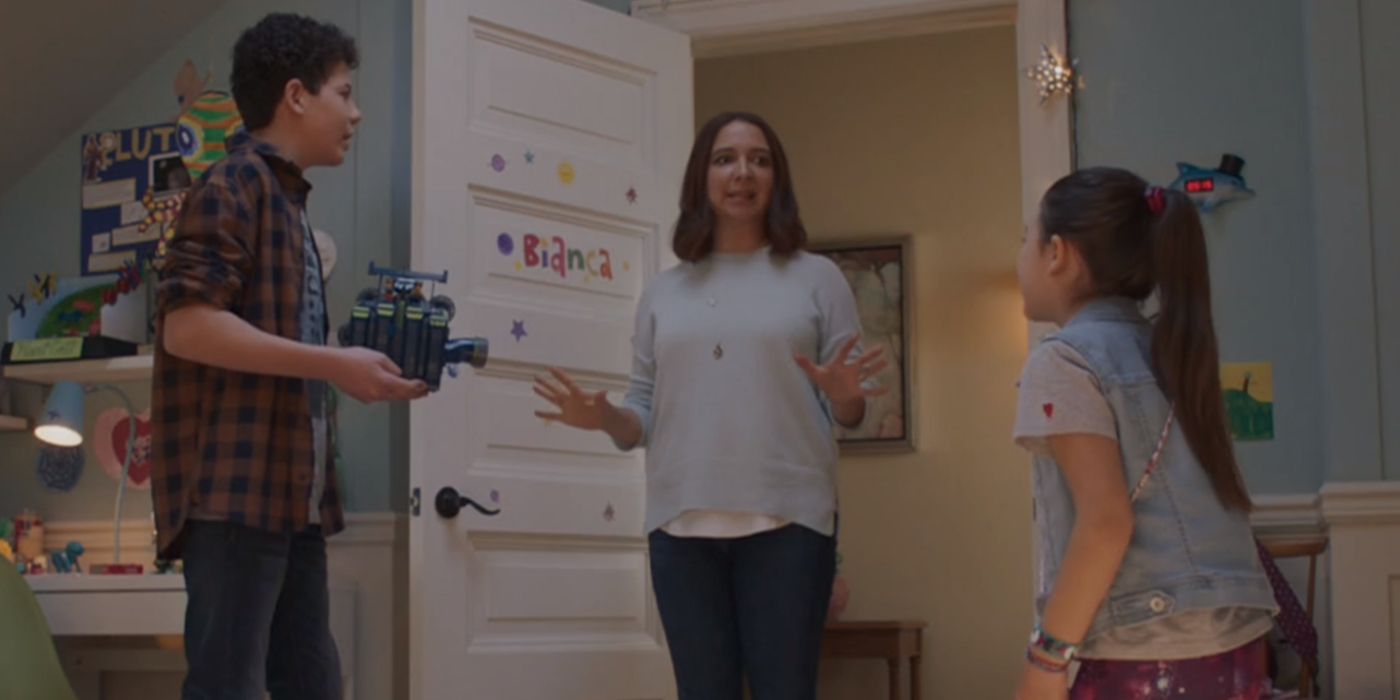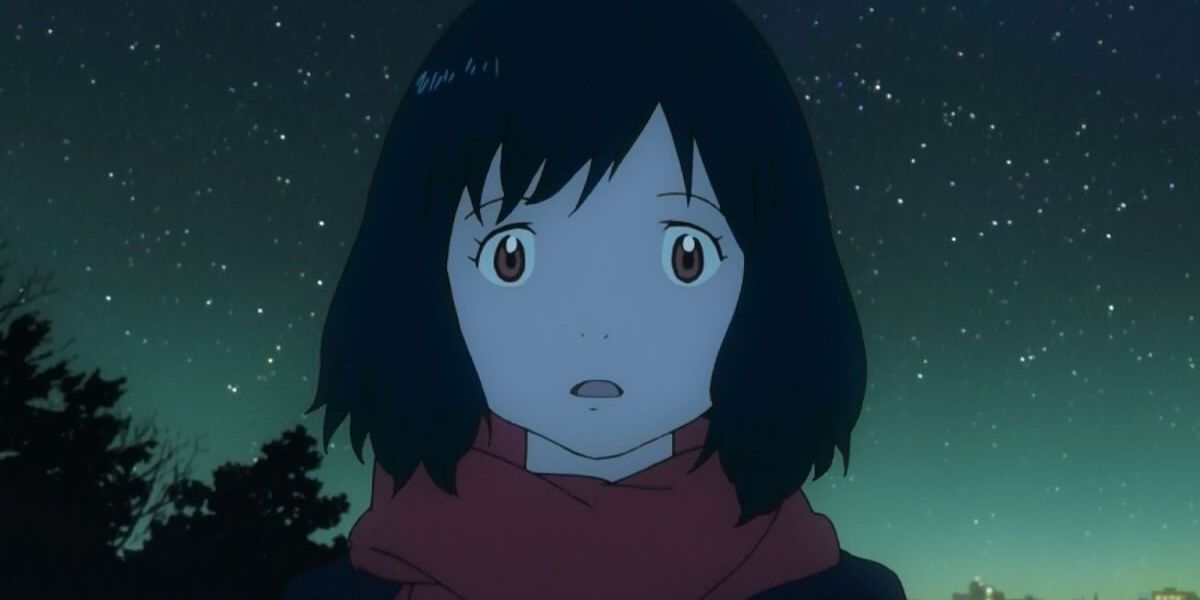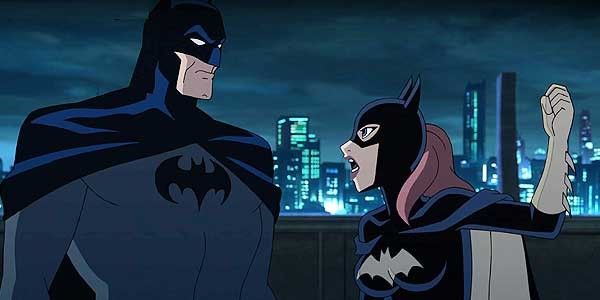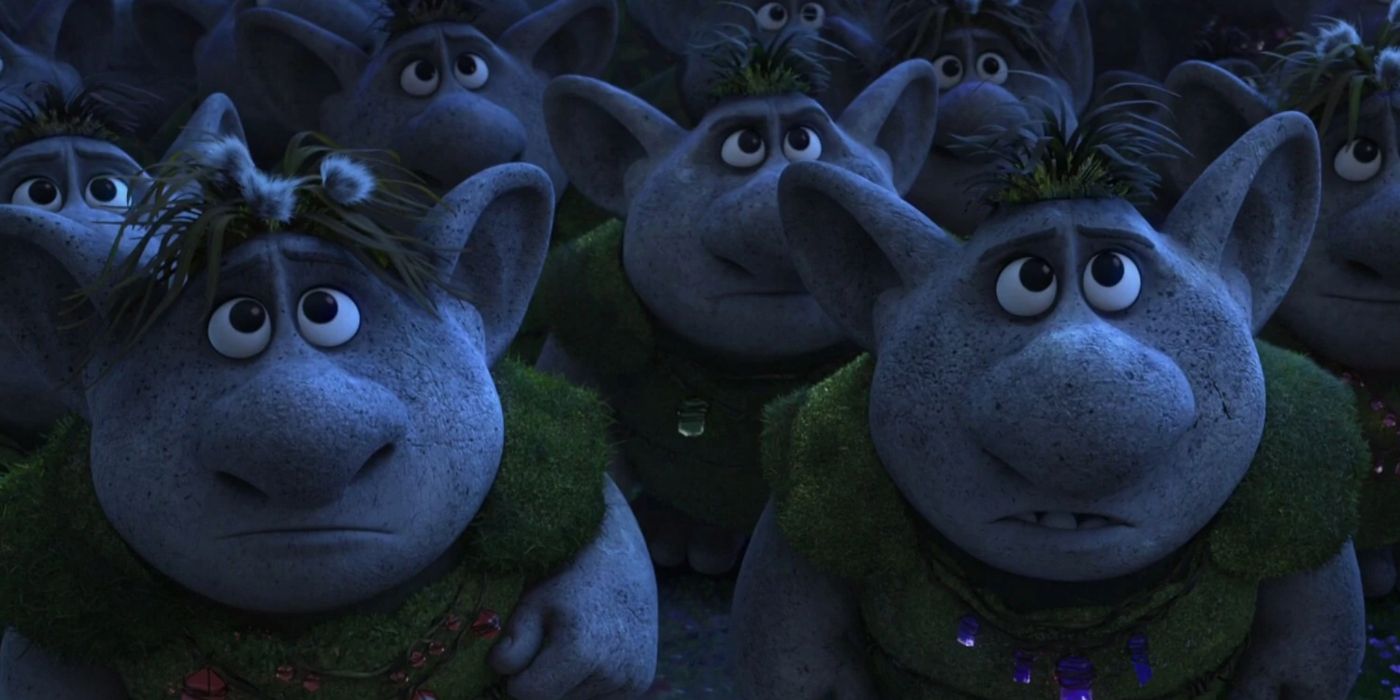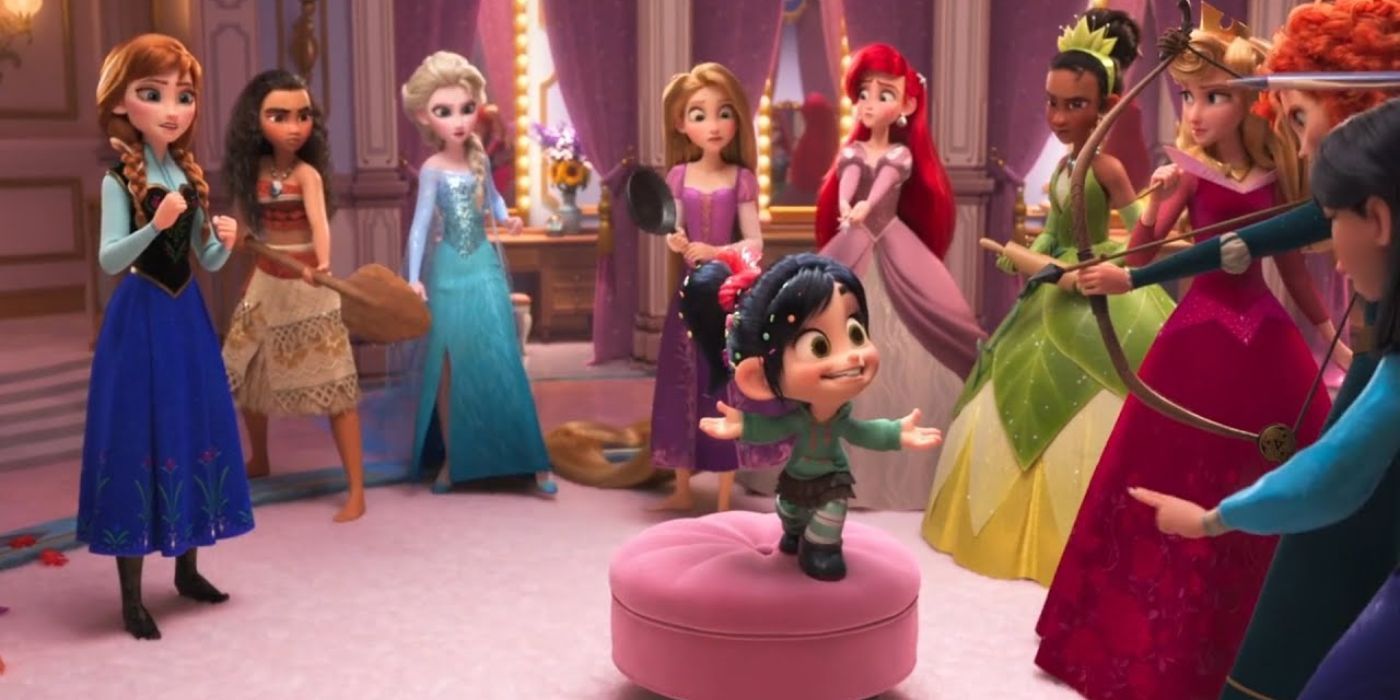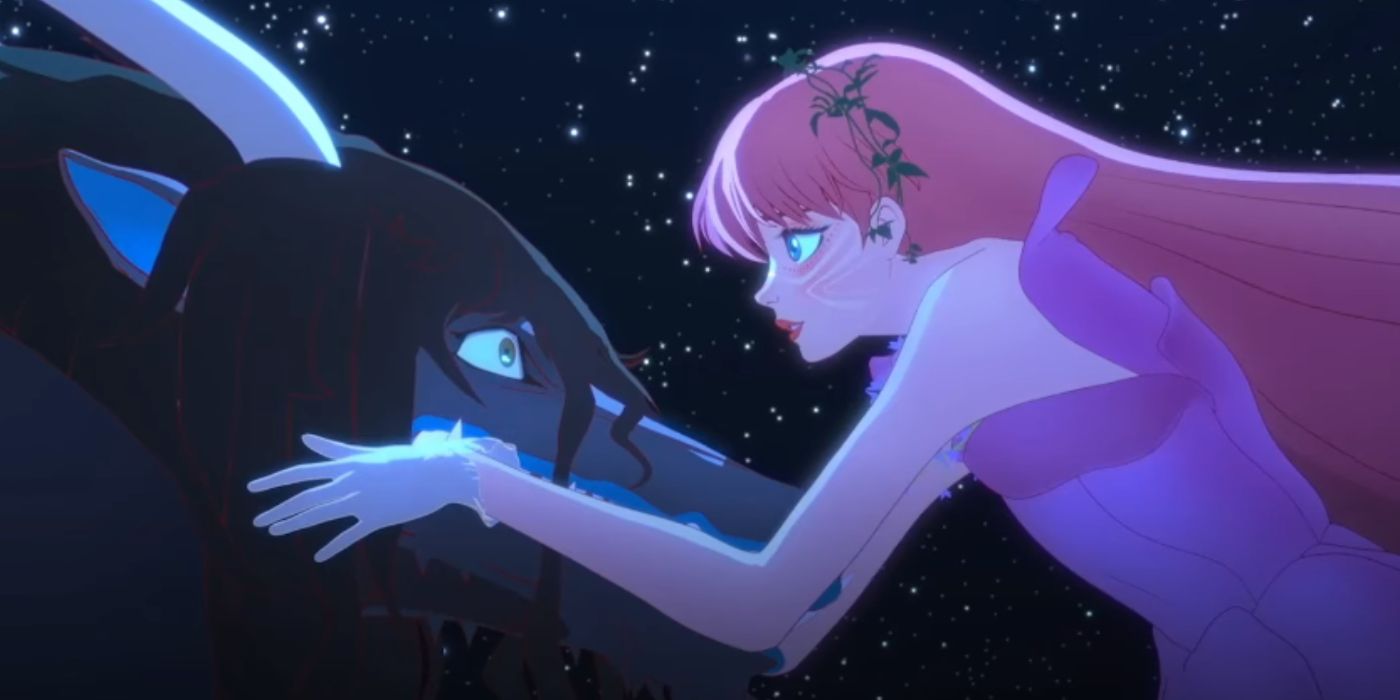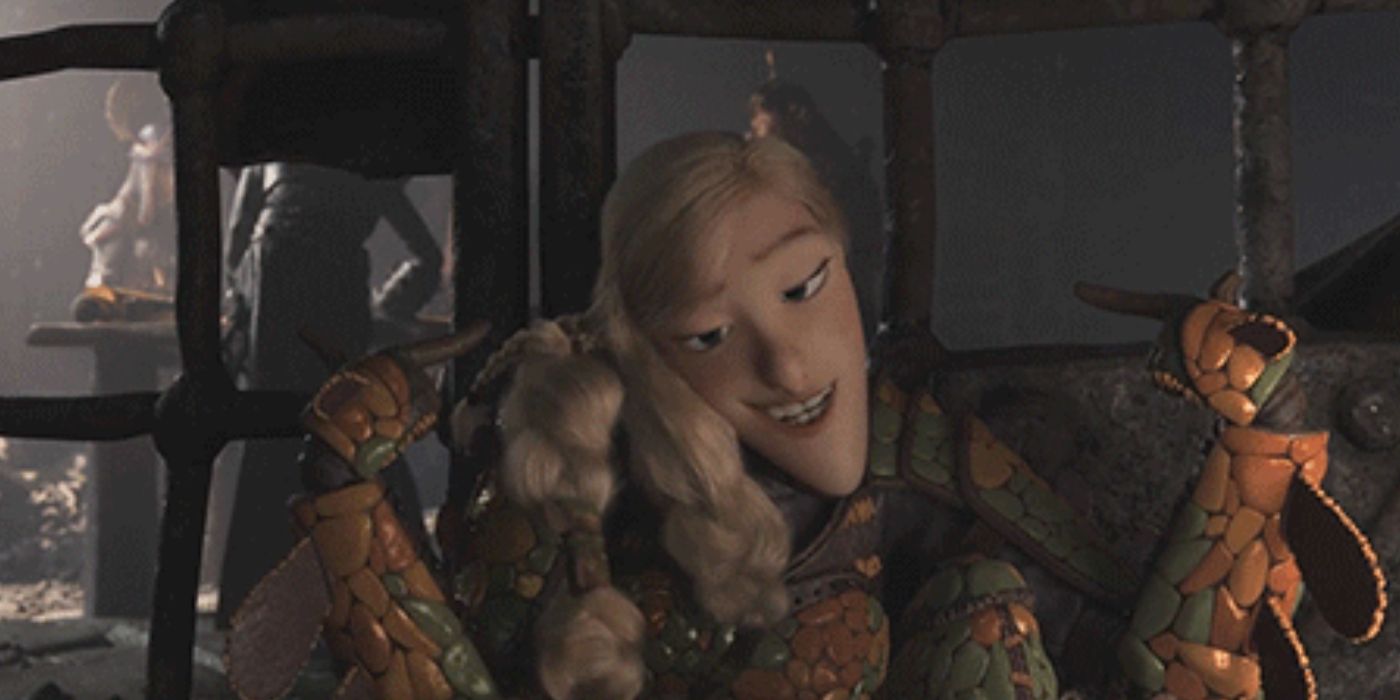While not every film is a perfect masterpiece, most beloved movies have an occasional mistake or moment where things aren't perfectly aligned. Of course, that doesn't automatically make them poor films, but certain infamous scenes are known for having a poor impact on the reputation of the film or franchise as a whole.
Plenty of dismissible scenes are easily forgotten, but others not only reflected poorly on the original story but potentially ruined its entire film. Despite often being more lighthearted or family-friendly, animated films are not exempt from judgment either. Several well-made animated films kept problematic scenes that tarnished their reputations and changed the impact of the films' messages overall.
10 Soul's Final Scene Contradicts Its Theme
Pixar's controversial animated film Soul received a divided reception following its 2020 release. Despite a solid core concept and stunning visuals, the overall story and theme were criticized for their shallow discussion of mature topics.
During one of Soul's final scenes, the protagonist, Joe, finally understands what made his life meaningful. When given a choice to either stay on Earth or enter the Great Beyond, Joe sends 22 to Earth in his place. But just when he'd accepted his death, he's suddenly given a "second chance" and brought back to life instead. It's a thoroughly disappointing and frustrating moment that completely invalidates the entire film's theme.
9 Rise Of The Guardians Could Have Taken Itself More Seriously
While the bulk of Rise of the Guardians is charming and well-written, there are moments where it struggles to decide who its audience is. There are several scenes with dark undertones and mature themes, but others are difficult to take seriously.
Similar to many Christmas films, the ultimate theme of Rise of the Guardians is that innocence and faith are the power behind the existence of magic. However, the way the film expresses this during a scene between Jamie and Jack Frost makes no sense within the film's lore. Jamie is somehow able to see Jack Frost after Jack makes it snow in his room, allowing him to inspire faith in enough children to save the world.
8 The Lego Movie 2: The Second Part Tried To Mimic The First Film, And Failed
While The Lego Movie was highly praised for its creative plot and witty humor, its sequel, The Lego Movie 2: The Second Part, was less successful. It maintained some of the same charm and energy as the first film, but struggled to stand out in a meaningful way compared to its predecessor.
The theme of the first film, expressed through a surprisingly emotional live-action sequence, was successful at communicating the core premise of the movie in a meaningful, nostalgic way. The sequel's live-action scene, however, felt much less connected to the plot and struggled to recreate the original film's impact.
7 Wolf Children Portrays A Strange Aspect Of Hana's Relationship
Wolf Children, Studio Chizu's first animated film, is a heartfelt and beautiful story about a mother's love for her two half-wolf children. However, one scene stands out as a particularly strange inclusion and changes the overall nature of the relationship between Hana and the man she loves.
After confessing to Hana that he possesses the ability to change into a wolf, she assures him that it does not change her feelings. Immediately following her declaration, she and the man are seen in bed together, but he stays in his wolf form for some reason. It's a rather jarring and uncomfortable scene that the film never justifies, explains, or mentions again.
6 Trolls Has A Random Tragic Moment
The widely popular musical comedy Trolls was praised for its visuals and soundtrack, but contains one particular scene that contrasts that film's otherwise lighthearted tone. Most of the film is energetic and bubbly, making its one infamous scene that much more ridiculous within the context of the film.
It's revealed, towards the end of Trolls, that the reason Branch is gray is that he blames himself for his grandmother's death. He claims that singing gave away his location, causing his grandmother to be abducted and him to vow never to sing again. The scene's tone is so radically different from the overall film that it's hard to take the rest of the story seriously.
5 Batman: The Killing Joke Portrays A Toxic Relationship
While the second half of Batman: The Killing Joke was praised for its dark storytelling and faithfulness to the original comic, the film's first half was heavily criticized. Its portrayal of Batgirl and its discussion of sensitive topics were disrespectful and overly sexual for the sake of a "mature animated film."
Throughout the film's first half, Batgirl struggles with her feelings and attitude towards Batman, who seeks to keep her out of danger and temptations by taking her off his current case. When she confronts him about it, insulting and eventually fighting him, the scene quickly shifts, and the pair somehow end up in bed together.
4 Frozen's Troll Scene Is Uncomfortable
Frozen, one of Disney's most successful animated films is not free of flaws. Despite a wildly popular soundtrack, stunning visuals, and an overall heartfelt story, a handful of moments stand out as controversial or strange, with one particular scene and song being infamously disliked for its implications.
During Frozen's second half, Kristoff and Anna slowly develop a close relationship after their adventures together. Yet, until the film's big twist, no one knows that Hans plans to betray Anna. Despite this, the rock trolls sing an entire song about how Kristoff and Anna should get married instead, ignoring their protests and disrespecting Anna's choices.
3 Ralph Breaks The Internet Includes The Princesses For No Meaningful Reason
Wreck-It Ralph's ambitious sequel, Ralph Breaks the Internet, included and utilized a handful of established Disney characters and tropes throughout the film. Most of the movie was exciting and enjoyable, but several moments clearly prioritized Disney's desire to market its other franchises over telling a solid story.
The infamous Disney princess scene, showcased in most of the film's trailers, attempts to act as a pivotal character moment for Vanellope. Instead, the scene feels relatively shallow, and the advice of the princesses, while ultimately helpful in the end, relies too heavily on meta-humor to make its point.
2 Belle Leaves Viewers Confused On Whether Or Not It's A Romance
Studio Chizu's most recent film, Belle, is a powerful and visually stunning film about grief and human connection. It's a meaningful story, but some of its themes get lost in translation for audiences familiar with Disney's Beauty and the Beast.
While there is a romance subplot within the movie, the bulk of Belle is about Suzu's relationship with The Dragon – revealed to be a young boy named Kei – and her efforts to save him from his abusive home life. A specific scene between them, however, includes obvious visual and lyrical parallels to Beauty and the Beast, which unintentionally implies a romantic dynamic between the two and caused some viewers to question the film's core message.
1 How To Train Your Dragon: Hidden World Forced Its Conflict
Of the three films in the How to Train Your Dragon franchise, its third film is arguably its weakest. It has strong moments, with a satisfying and emotional conclusion to the trilogy. Still, several scenes and plot points in the film felt strangely trivial and disappointing compared to its predecessor.
One major scene in How To Train Your Dragon: The Hidden World is a conversation between Ruffnut and the antagonist, Grimmel. After being captured by Grimmel, Ruffnut attempts to annoy him into releasing her, but unintentionally betrays pivotal information about Hiccup, Toothless, and Burke. The scene feels forced, as if there was no more organic way to introduce conflict into the plot.

